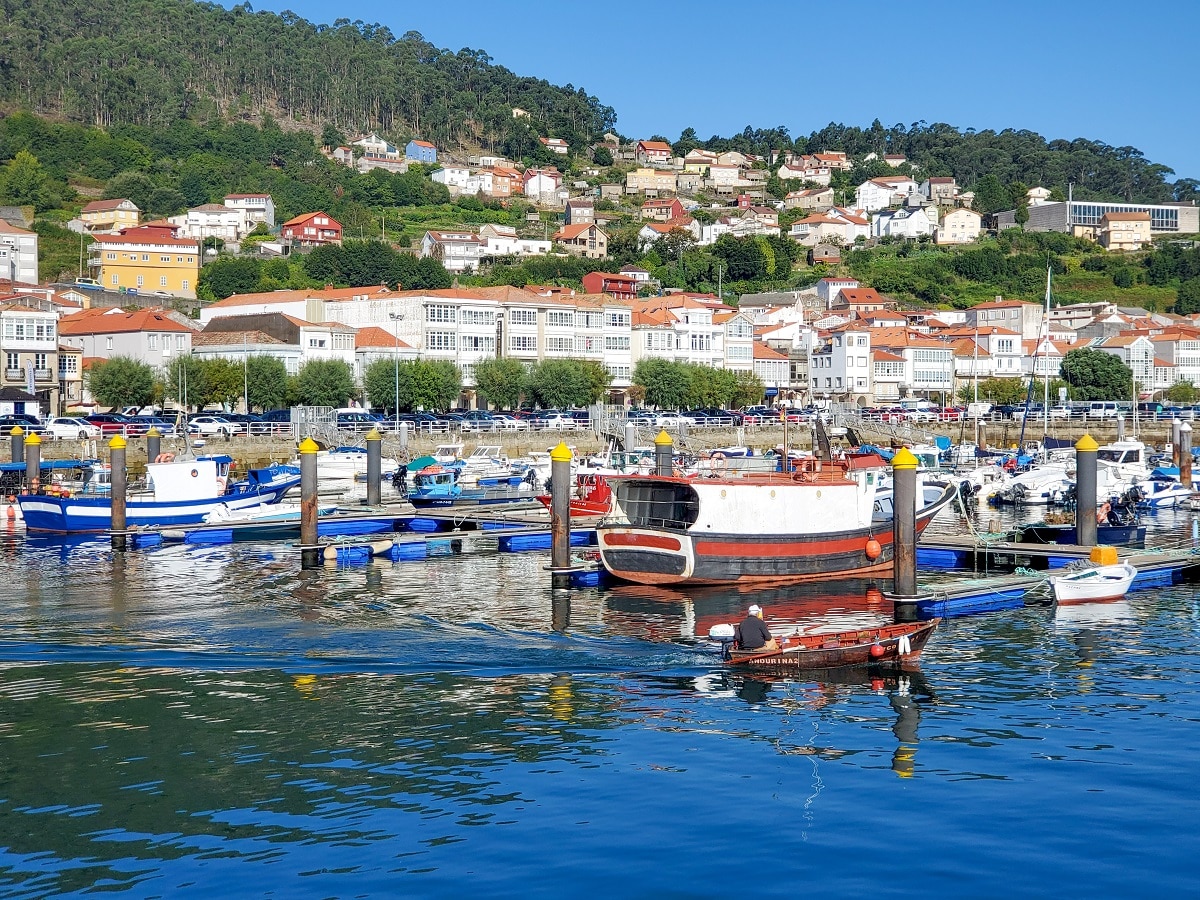 As Spain only recently reopened its borders to international vaccinated people on June 7, I asked myself whether I could travel there in August safely, especially when the country was listed as a coronavirus delta variant hotspot in July. I decided, that with extra caution and lots of preparation, I’d be fine. More than fine because what I desperately needed was a restful stay where I could convalesce after a painful wrist fracture suffered in a car accident a few weeks earlier. Since I was staying with family that lives in Louro, an old fishing town just north of Portugal, I knew I’d be well taken care of while enjoying the local sights that told the story of their growing up.
As Spain only recently reopened its borders to international vaccinated people on June 7, I asked myself whether I could travel there in August safely, especially when the country was listed as a coronavirus delta variant hotspot in July. I decided, that with extra caution and lots of preparation, I’d be fine. More than fine because what I desperately needed was a restful stay where I could convalesce after a painful wrist fracture suffered in a car accident a few weeks earlier. Since I was staying with family that lives in Louro, an old fishing town just north of Portugal, I knew I’d be well taken care of while enjoying the local sights that told the story of their growing up.
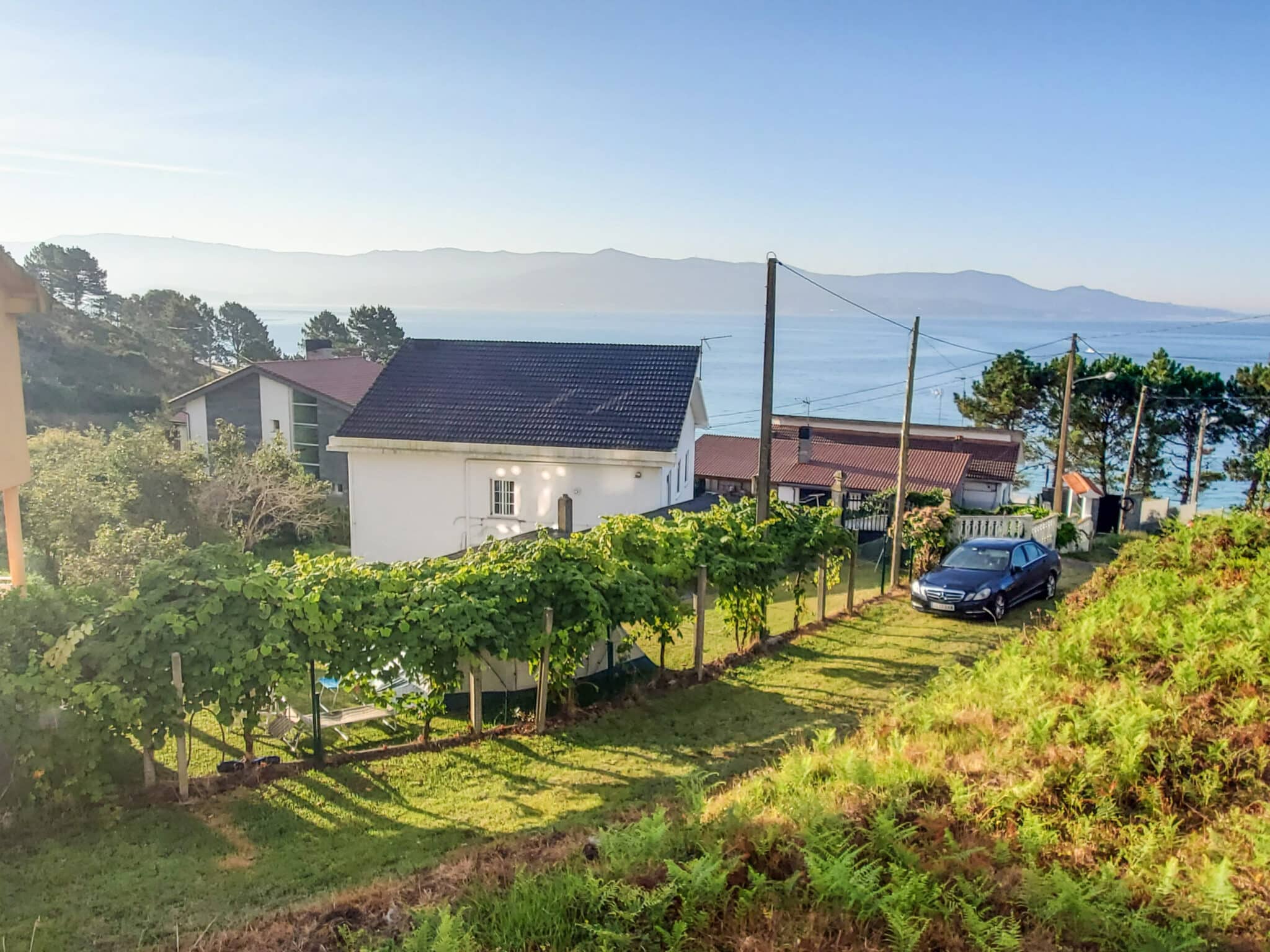
After almost two years of staying close to home due to the pandemic, my travel legs were a little wobbly. I was afraid that the ever-changing cross-border guidelines might trip me up and I’d be left at the departure gate or return because I’d missed a necessary step. Navigating this unstable COVID landscape meant closely following reliable information sources that were day to day current.
RULES, REQUIREMENTS, AND GUIDELINES
Iberia Airlines, my carrier to Madrid, did provide important flight and entry information with my emailed ticket confirmation but I could’ve easily missed the “Public Health Form” mentioned near the bottom. This critical step for Spain entry requires, after checking in online, filling out a ‘Sanitary Control Form’ during the 48 hours before the flight. You can access the form either online or via the downloaded app. Once completed, you’re emailed a QR code to either print out or download on your phone. You’ll need this to present before boarding and to health control officials upon arrival in Spain.
Helpful hint: Make sure you know exactly where you’re going. The form has a drop-down menu listing the region, province, and city/town. I only had the street number and town in my notes, not enough information to continue on the form. Luckily, my Spain family responded to my panicked Whatsapp message from the airport (it’s six hours ahead in Spain, midnight their time) and they gave me the information I needed: Galicia, La Coruna, Louro.
Regarding exit and entry regulations, the Iberia website is pretty comprehensive and current with the latest changes. By the beginning of August, the time of my departure, Spain was no longer requiring a negative COVID test result for entry. Though they don’t require proof of vaccination (I’d bring it anyway), the ‘Sanitary Control Form’ requires that you either be vaccinated or show proof that you’ve long recovered from COVID-19.
DELTA VARIANT – CONSIDERING THE WHOLE JOURNEY
With the alarming speed at which the delta variant was spreading, I was reassured by the fact that my exposure to the public would be pretty minimal, even with international travel. I considered my entire journey beginning with my transportation to and from the airport, the flight, with whom and where I would be staying as well as what types of activities we’d be doing.
I don’t usually fly business class but I splurged on impulse when I purchased my flight in early July, taking advantage of an early upgrade promotion. I didn’t know at the time just how grateful I’d be to have that extra space for my injured arm. And of course, in a full cabin of mask-wearing passengers, any extra air space is a plus.
Studies have shown that the filtration and circulation systems in commercial aircraft catch most microscopic particles and paired with their high outside air exchange rate, mask-wearing passengers are effectively protected. This probably explains why there have been so few documented super spreader events on commercial flights.
Our seven-hour flight landed at Madrid-Barajas Airport, leaving me less than 40 minutes to catch my connection to Santiago. Spanning over 7,500 acres, it is Europe’s second largest airport and I’d swear I transversed it from end to end trying to reach that gate. If it weren’t for an efficient and speedy customs process and assistants guiding travelers along the way, I never would have made it in time!
With over 4.7 million Covid 19 infections and more than 83,000 related deaths as of August 24, and having endured some of Europe’s strictest lockdown measures during the height of the pandemic, the country is still vigilant about mask-wearing. This was evident as I twice witnessed airport security enforce proper mask wearing on travelers who’d let their coverings drop below their noses. Whether it was on the street, in the shops, and even, for some, on the beaches, everyone is wearing a mask.
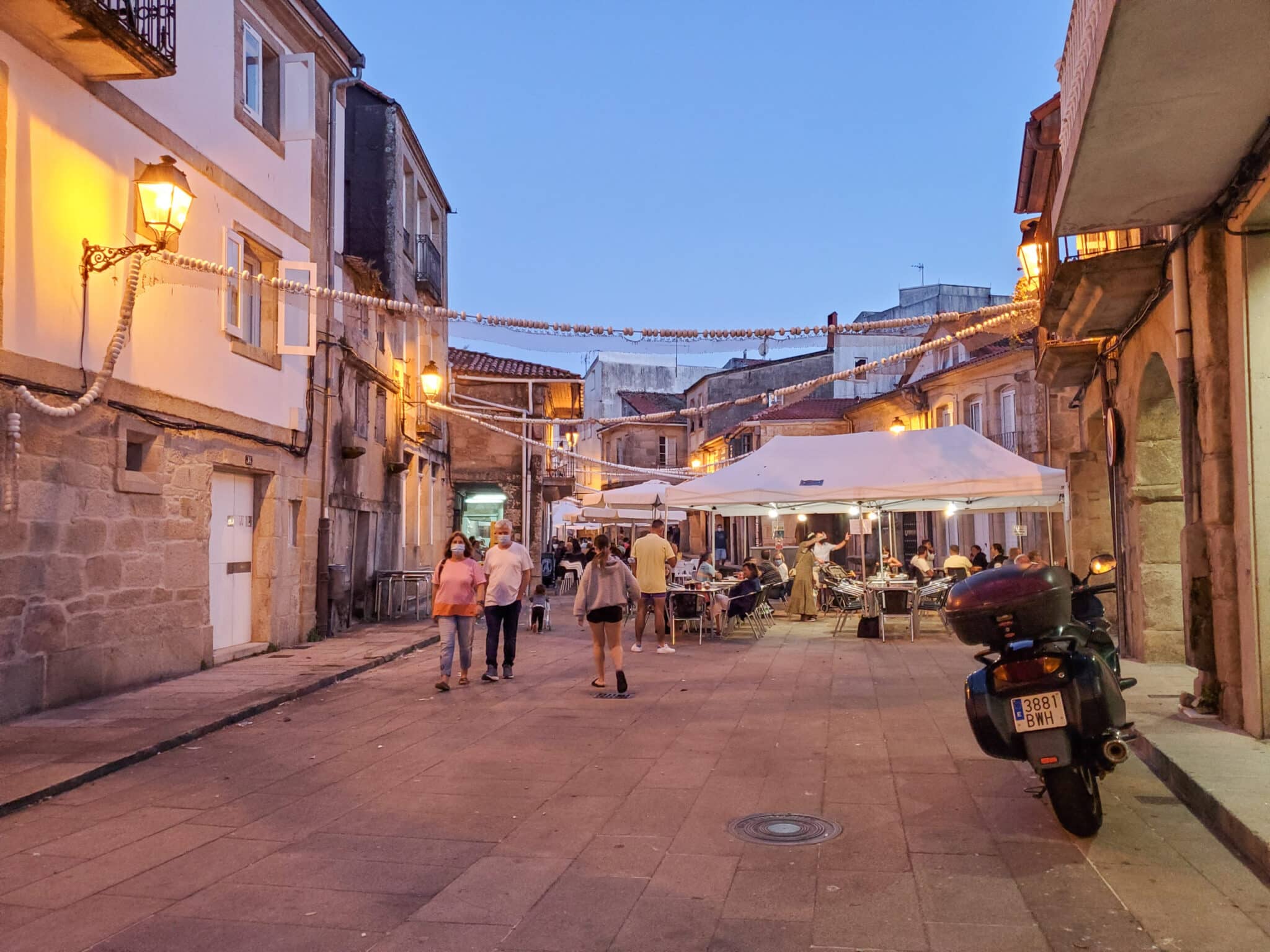
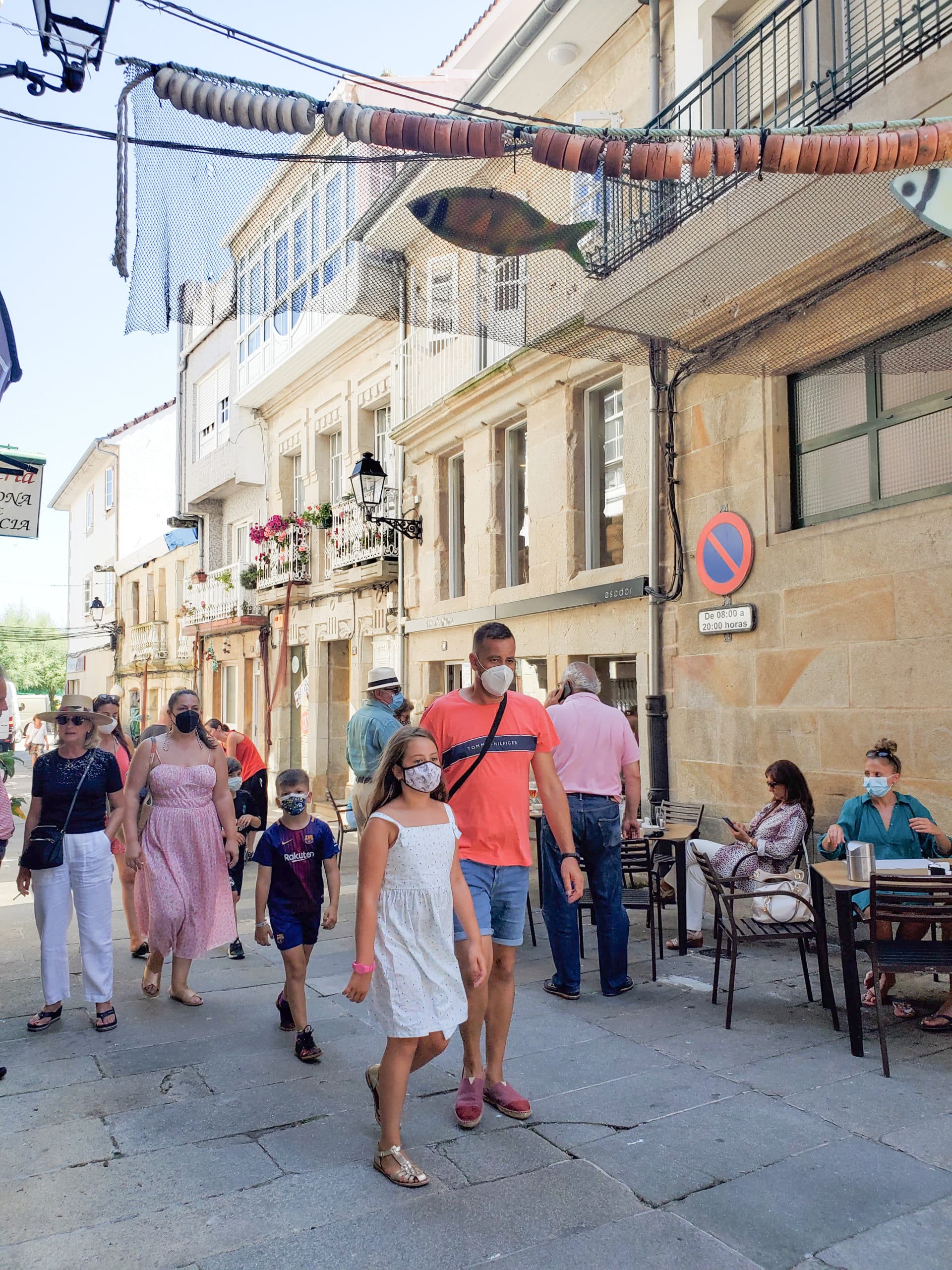

This doesn’t mean Spain isn’t open for business or recreation to foreigners. The cafes, tapas bars, museums, beaches, cultural sights, are open but with safety measures strictly in place. Noticeably missing, however, were the nightlife fiestas, festivals and evening concerts in the streets of Muros, an old Galician harbor town and popular summer resort spot. The busy weekly market along the promenade has started back up, though.
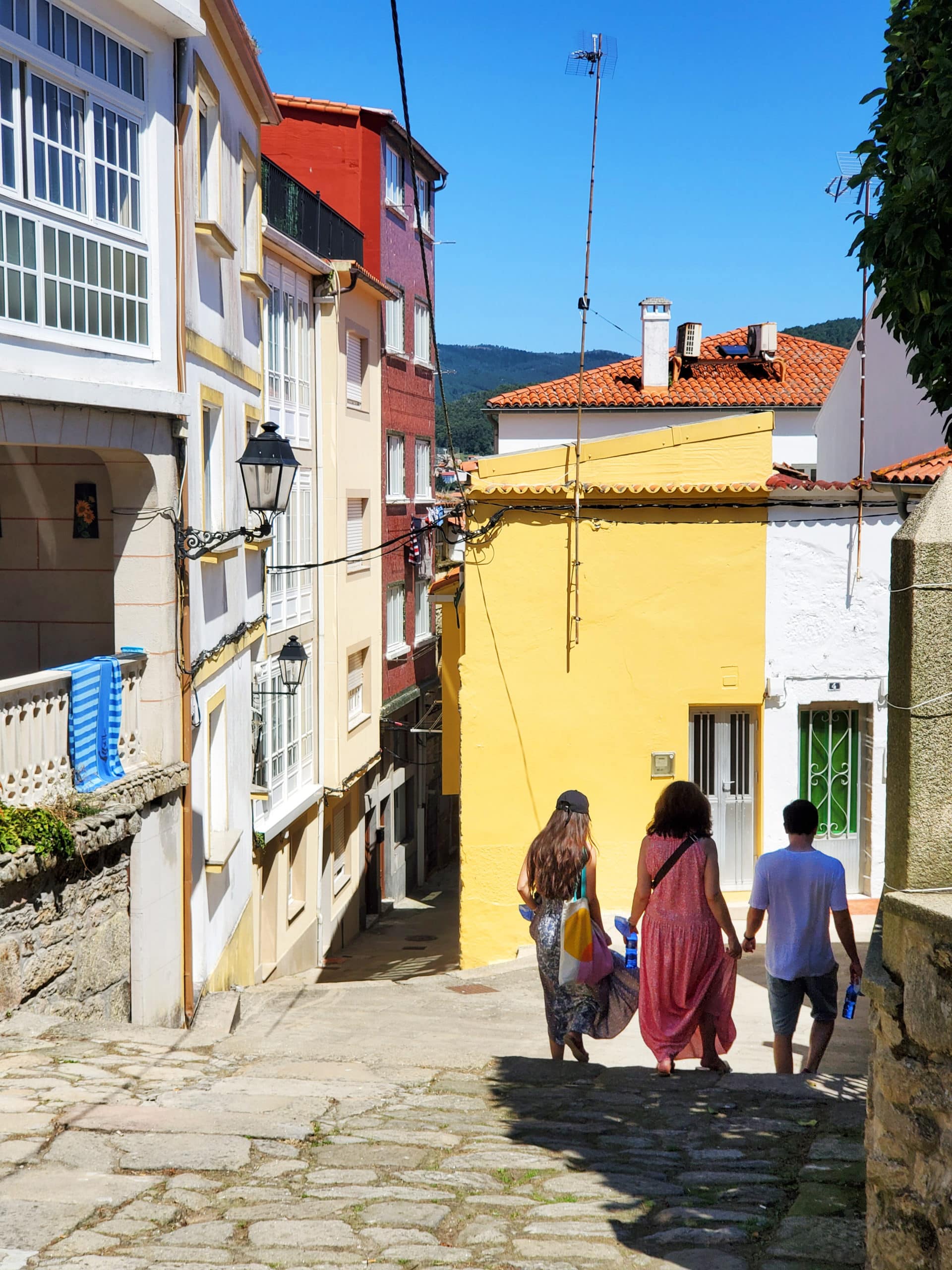

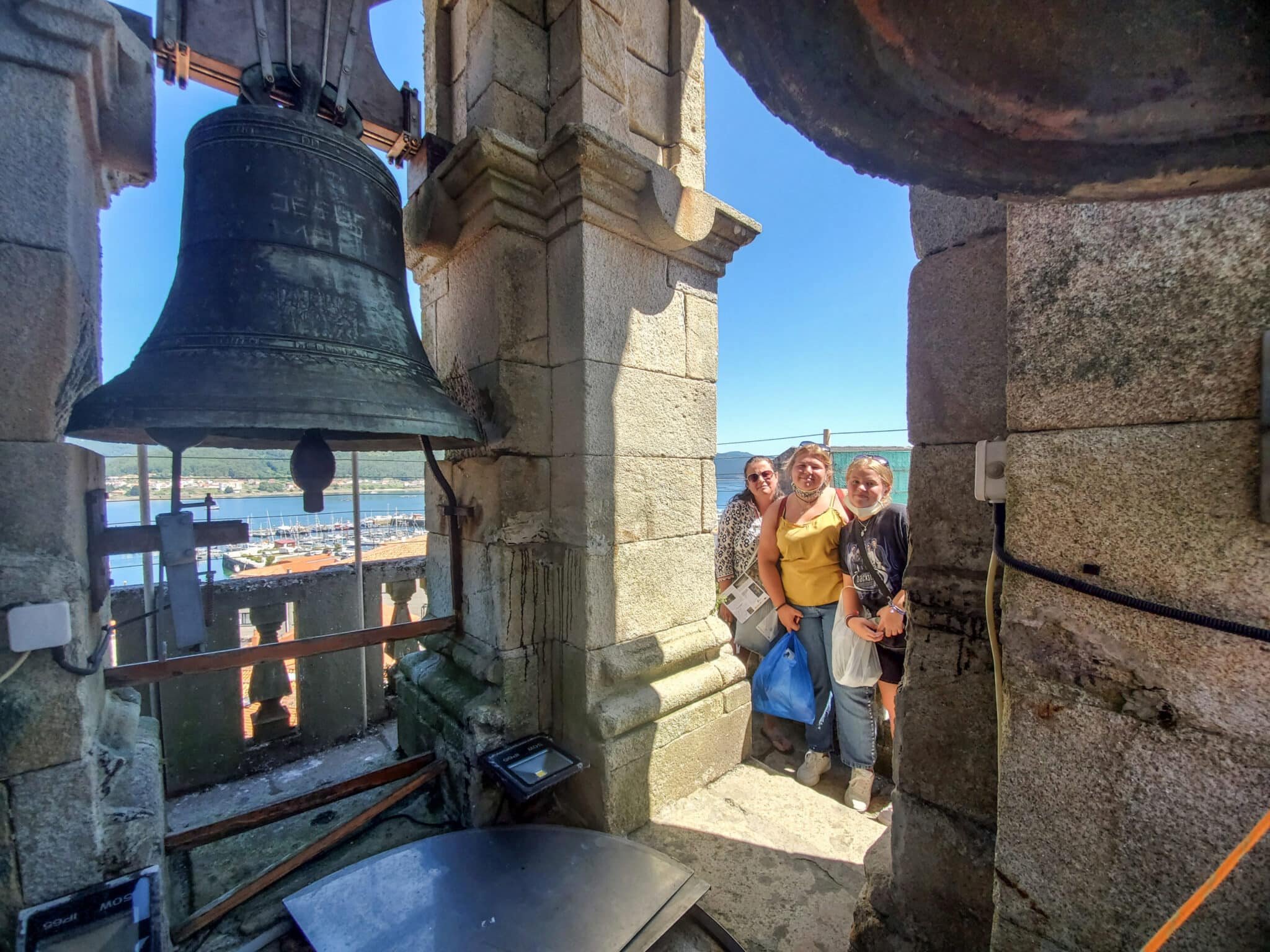
Smaller crowds meant being able to comfortably explore the many steep, narrow alleys that wind throughout Muros. One of the treasures we sought out was the Church of San Pedro, a 15th century Romanesque style temple where my sister-in-law’s father, Jorge, was an alter boy. She delightedly lead her daughters up the tower stairs to show them where he and his friends would ring the bells before mass.

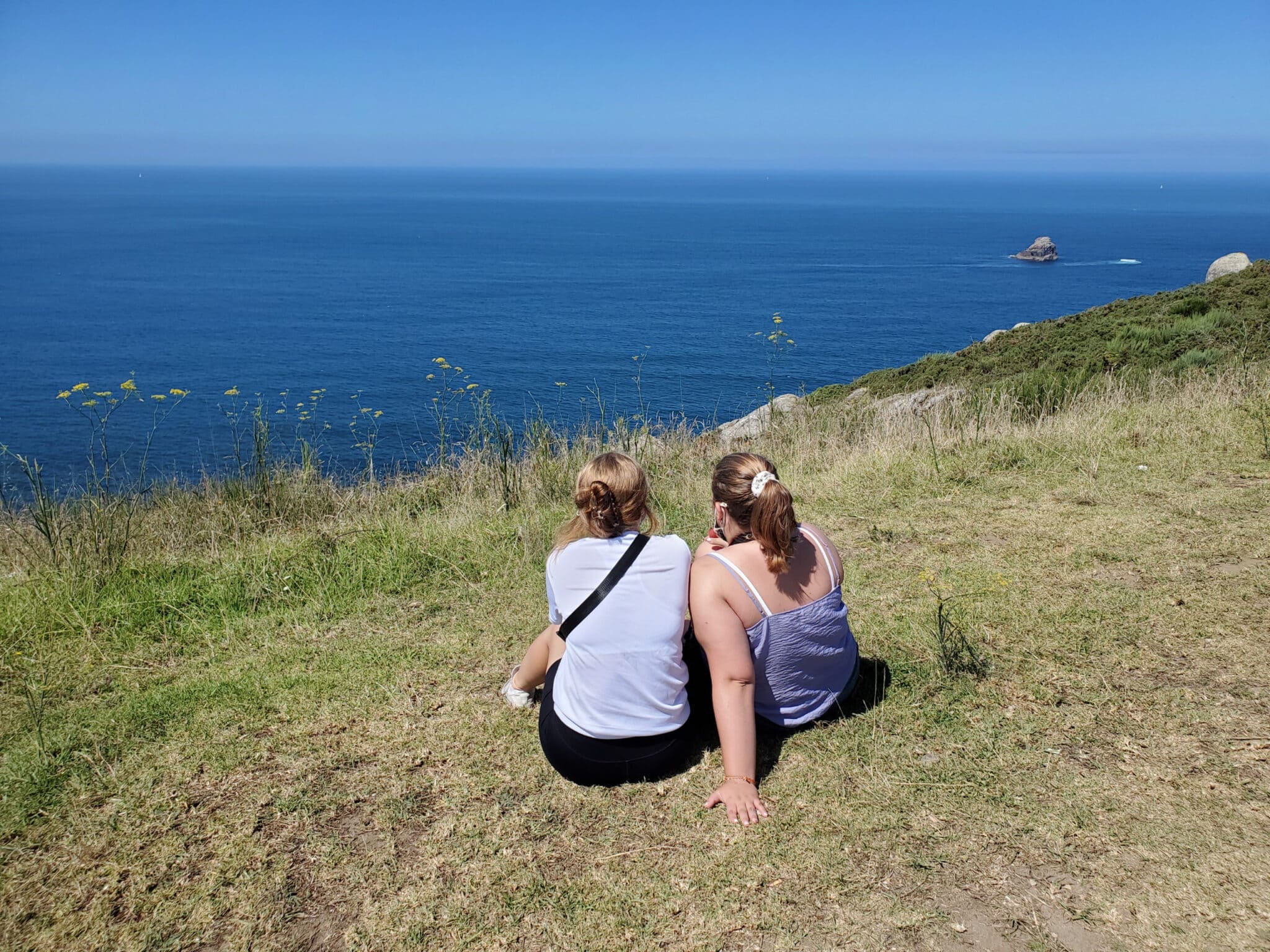
We took a couple day trips, the first being to Cape Finisterre. Located on the rocky Atlantic coast of Galicia, it is considered the westernmost point on the Iberian Peninsula. Ancient Romans believed it to be “end of the earth” and it is where many backpackers extend their Camino de Santiago pilgrimage, their spiritual journey, beyond the traditional end point of the Cathedral of Santiago de Compostela. This medieval route is about 56 miles, a two- to three-day hike from Santiago but a mere hour by car from Louros, the quaint fishing town where I was staying. Throughout my visit, I would see pilgrims of all ages making their way west, whether it be through the towns, highway overpasses, or on the beaches.
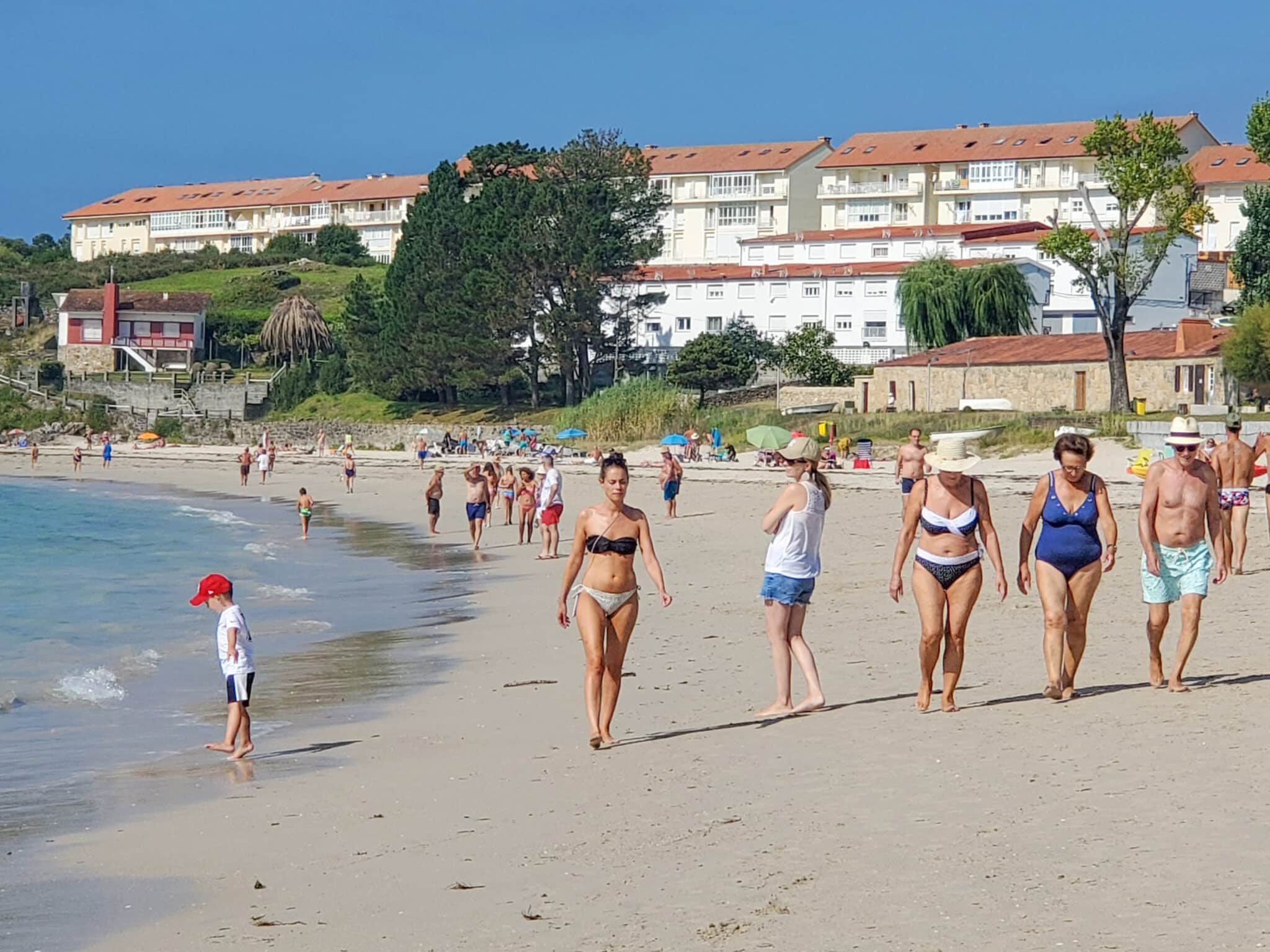

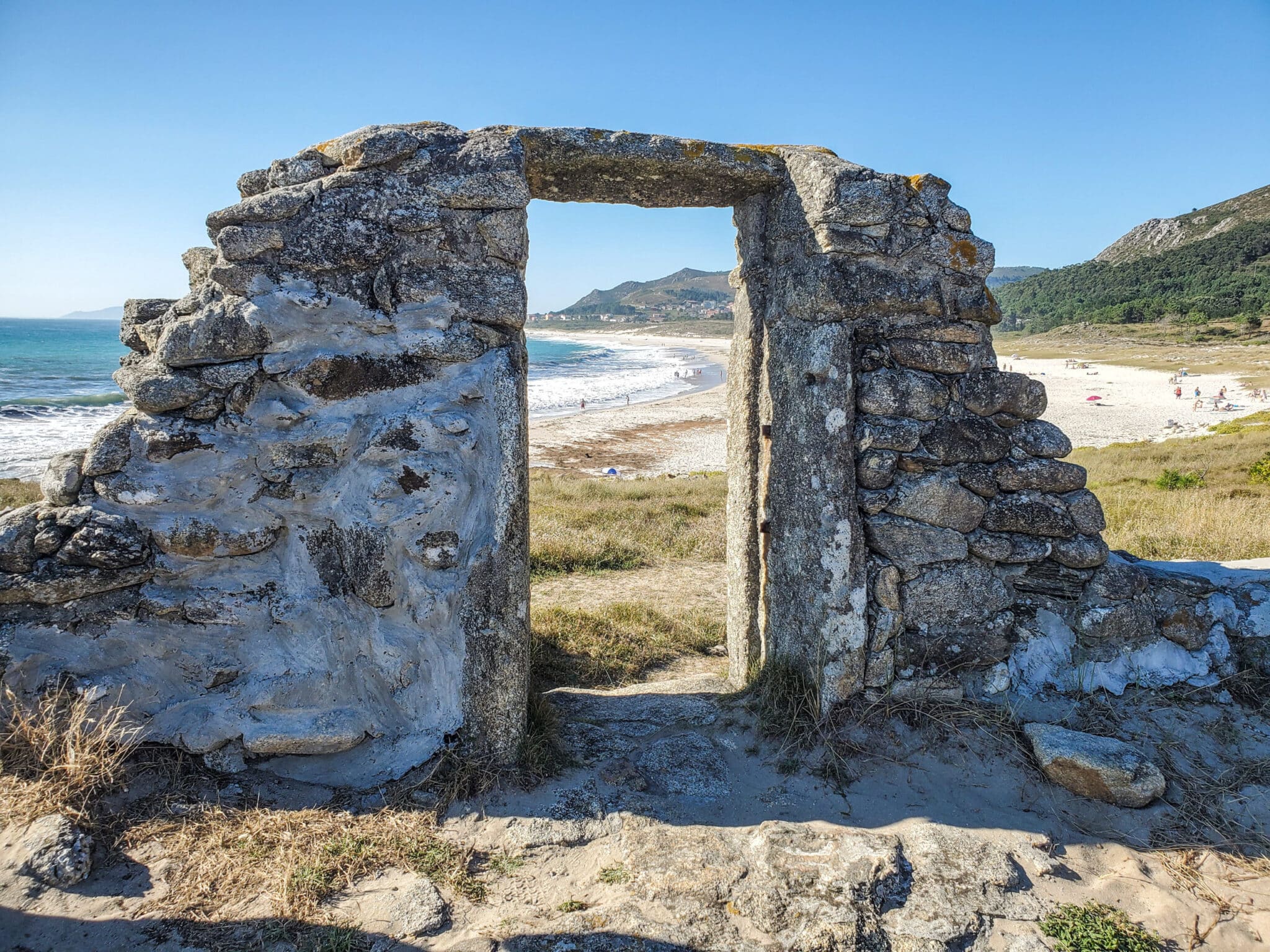
Louros doesn’t have the same bustling cafe and downtown shop scene like neighboring Muros but it does have magnificent, easily accessible white sand beaches. Cars quickly claim every available space along the main coastal road so it was a luxury to only have to take a steep but direct 10-minute walk down from the house.

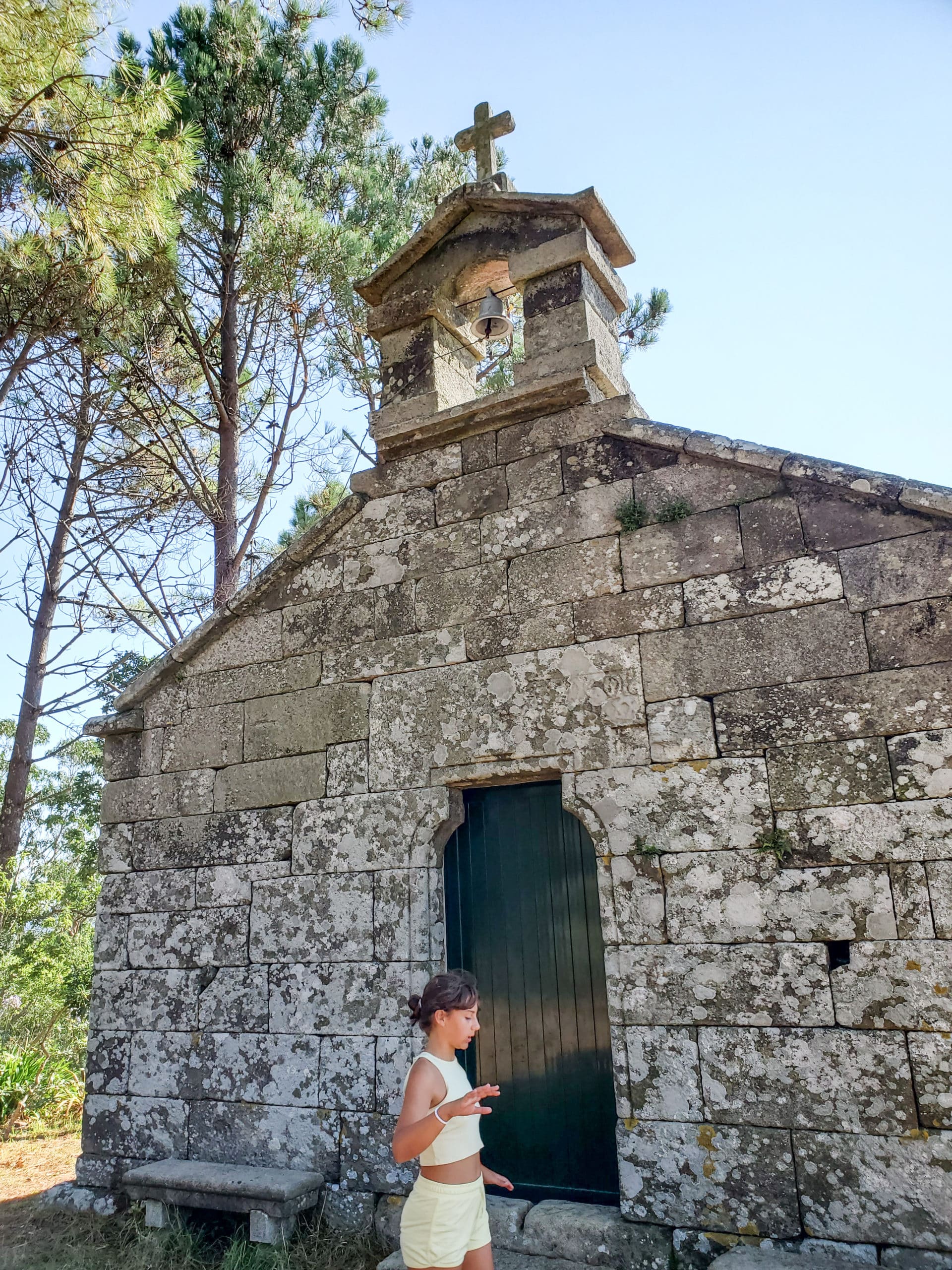
Another day, we hiked behind the house, taking the winding road up Monte Oroso. Leading us through Eucalyptus forests and rocky fields of purple heather, the hike took us to Capela de San Marcos, a tiny wind-weathered gothic chapel built in 1480. It overlooks the mouth of Ria De Muros-Noia, an estuary known for producing Spain’s best razor clams, cockles, and oysters. Further out is Mt Louros, which is known to have kept Muros and its neighboring harbor towns hidden from passing pirate ships out at sea.

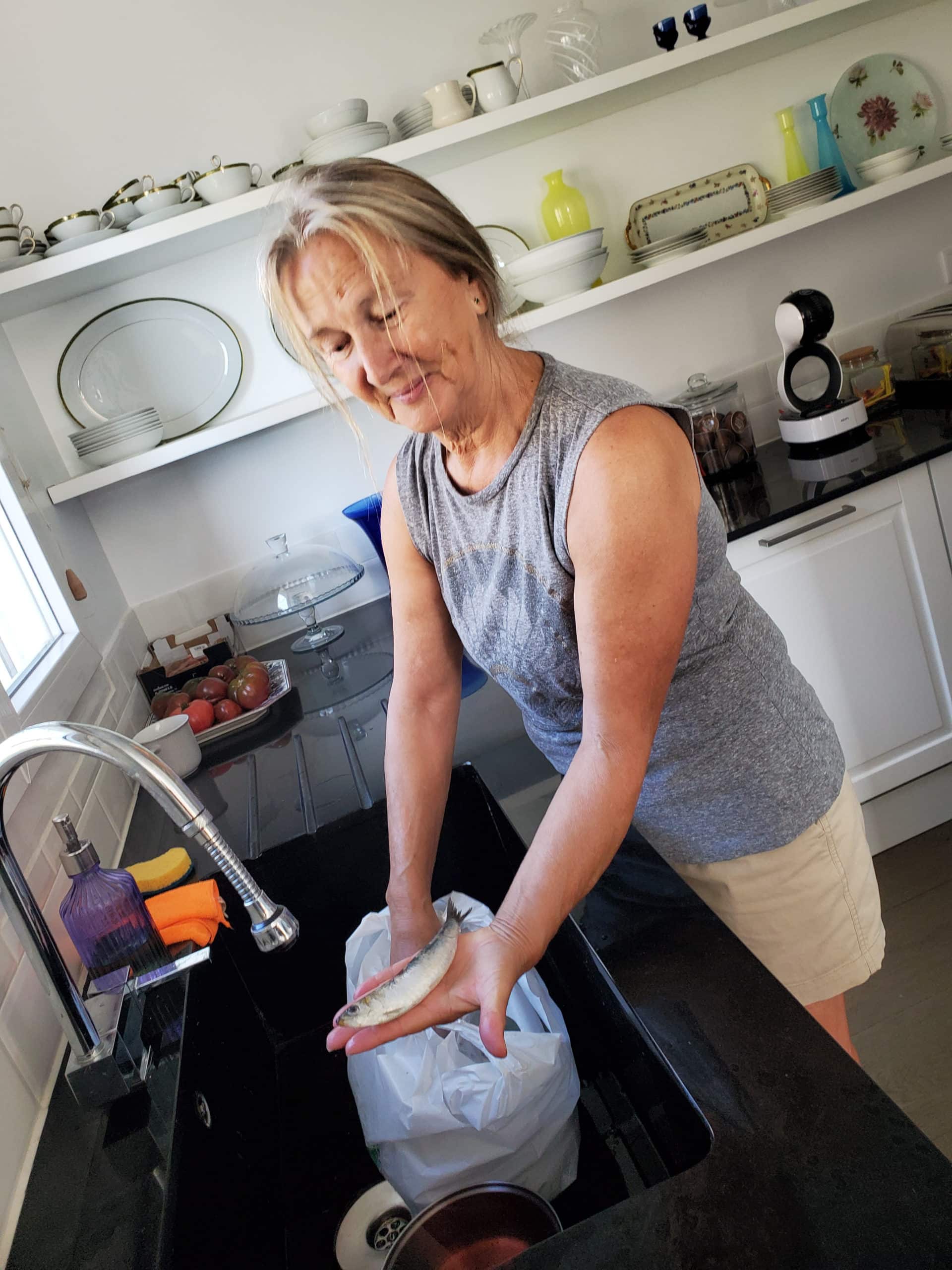
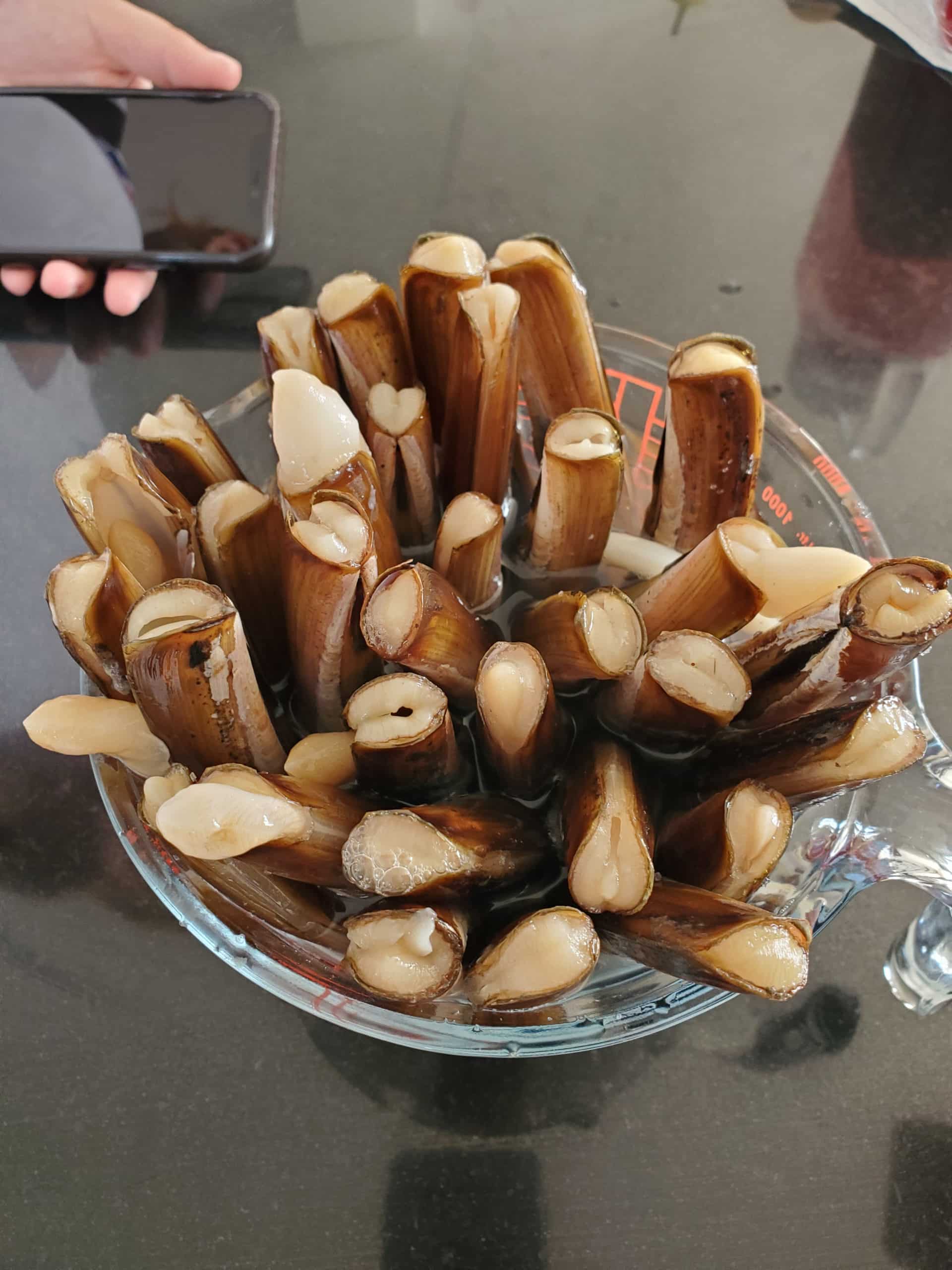
US RE-ENTRY
For all my diligence in preparing for Spain entry I was a little too cavalier about the rules for returning to the US, namely making the necessary arrangements for getting a valid PCR Covid test, not a rapid antigen test. US re-entry requires a negative test result within 3 days. I hadn’t really considered the challenges of navigating a foreign healthcare system as a non-native speaker. I realized my predicament late day Saturday, when I learned that everything is closed on Sunday, and my scheduled flight was for Monday morning. Oops.
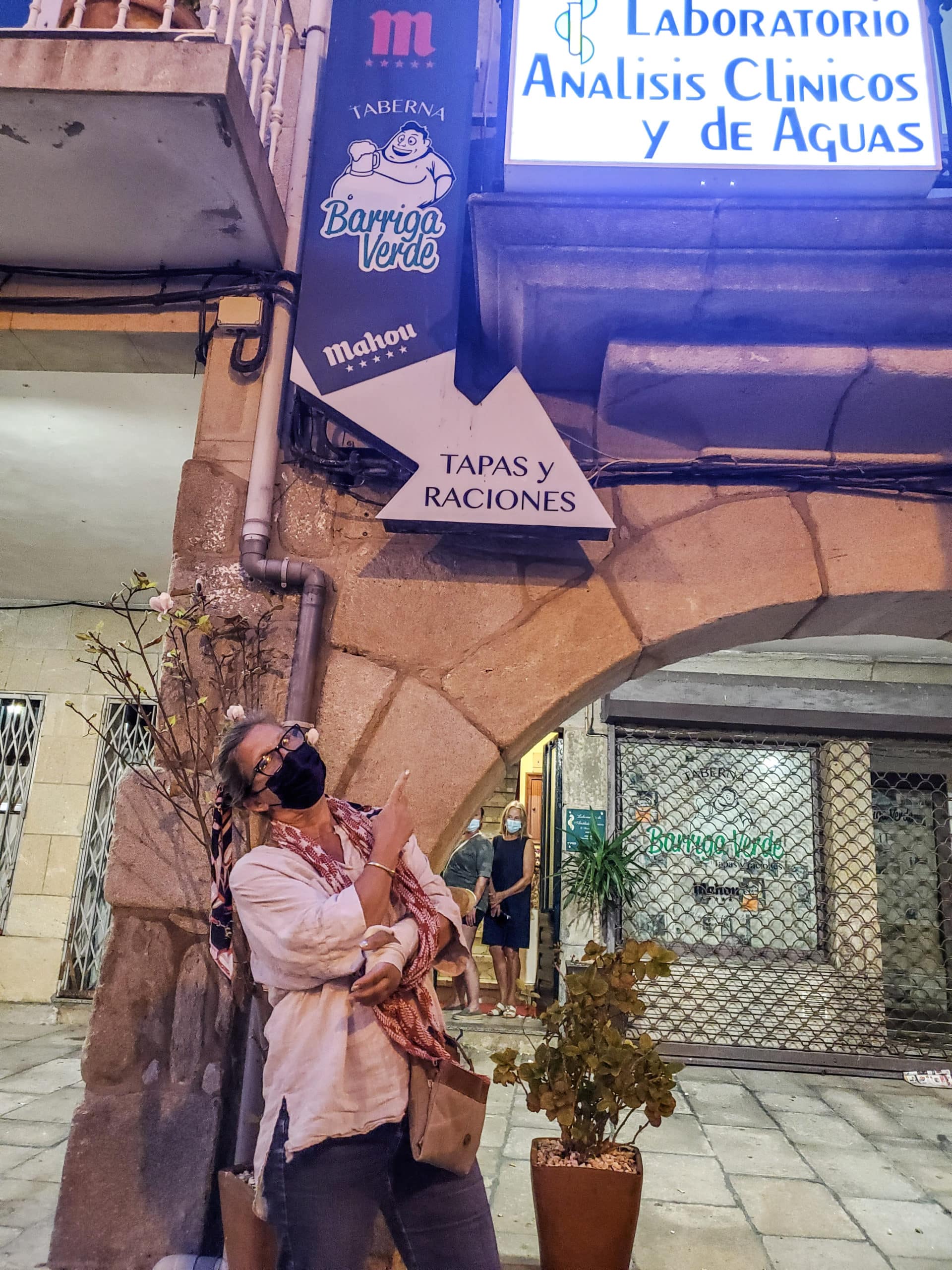
Thank God for Lita, my wonderful Galician host. In our mad, last-minute scramble to get information she called friends and neighbors, one of whom was a pharmacist. We learned that the documentation certifying the results of those tests commonly done at most drug stores weren’t being accepted for US entry, only domestic travel within Spain. Foreigners have to find private, approved providers for testing.
Thankfully she was able to reach a friend, a Spanish national, who was flying the next day to the US to ask where she got her flight-approved Covid test done. We contacted that provider and she fit me in for an eleven o’clock appointment that evening at her Muros office. Our late-night visit to her home lab on the second floor, located above a tapas restaurant, was a little surreal. There was a steady stream of anxious travel clients going up and down the dimly lit stairwell, either arriving for their test appointments or to pick up their confirmed lab results.
We were greeted by Concepcion, who welcomed us into her home office where she did the test. Turns out Lita used to babysit her when she was little so the conversation was lively, friendly as well as fascinating as she shared with us her pandemic experience working as a healthcare worker in a small town in one of the hardest Covid-hit countries in Europe. After paying her 50 Euros for the service (friend-discounted from 150), she promised to email us the results in a US flight-approved document on Sunday.
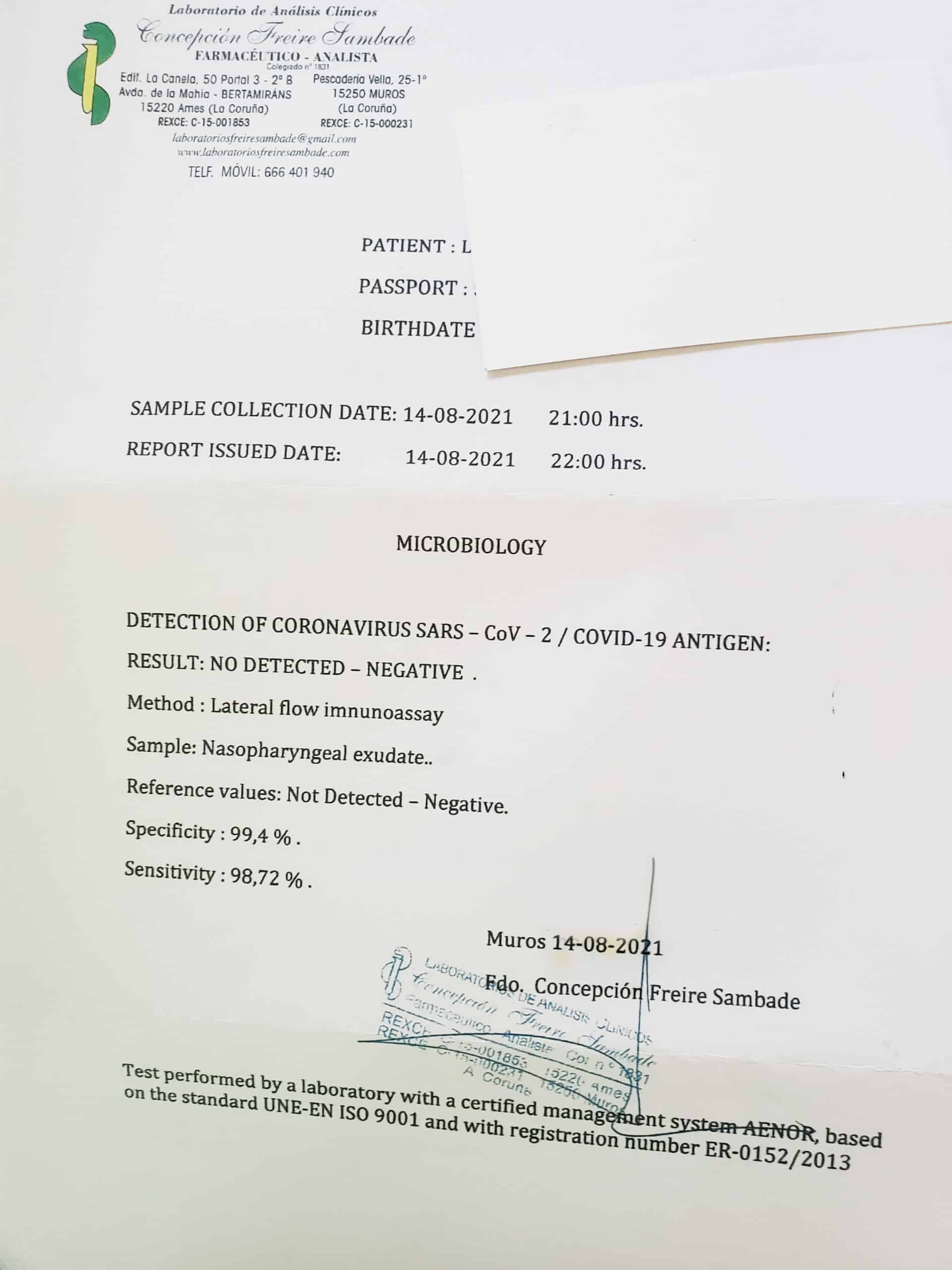 With my printed negative test result in hand, I arrived at Santiago airport well before my flight departure and as expected, the lines were extremely long. Check-in personnel were overwhelmed with the task of screening everyone for proper documentation. This includes a signed form of attestation that confirms that all of the presented information is true.
With my printed negative test result in hand, I arrived at Santiago airport well before my flight departure and as expected, the lines were extremely long. Check-in personnel were overwhelmed with the task of screening everyone for proper documentation. This includes a signed form of attestation that confirms that all of the presented information is true.
An Iberia Airlines email directed me to download the travel app Verifly to help confirm, secure, and complete all my travel health requirements. I took this to be a requirement so I went through the lengthy process of entering all of my personal and booking information as well as uploaded documents only to discover it was useless at check-in. Officials were only interested in looking at hard copies of my documentation and that QR code from the Spain health form. Verifly is nothing more than a digital checklist in its usefulness and truthfully, I didn’t feel comfortable with its data security.
As I rested my casted arm on the armrest of my roomy, business class window seat, I thought about how much the travel process and experience has changed because of the pandemic. And though it’s more arduous and stressful these days, the effort is well worth the joy of getting out in the world, connecting with people, and hearing about how others have managed during Covid and persevered.
During the short span of my visit, Spain’s Delta variant Covid numbers receded as those in the US surged. Spain’s hotspot status downgraded as the US took its place. Now it’s been two weeks since my return and the E.U. has just rescinded US’s “green country” status back to red. As of today, Spain is still allowing US travelers entry without requiring a negative Covid test result but that could literally change tomorrow. To reduce your risk of getting stuck at the gate or trapped behind a border, make sure to stay vigilant about getting the latest day-to-day updates no matter where you go.






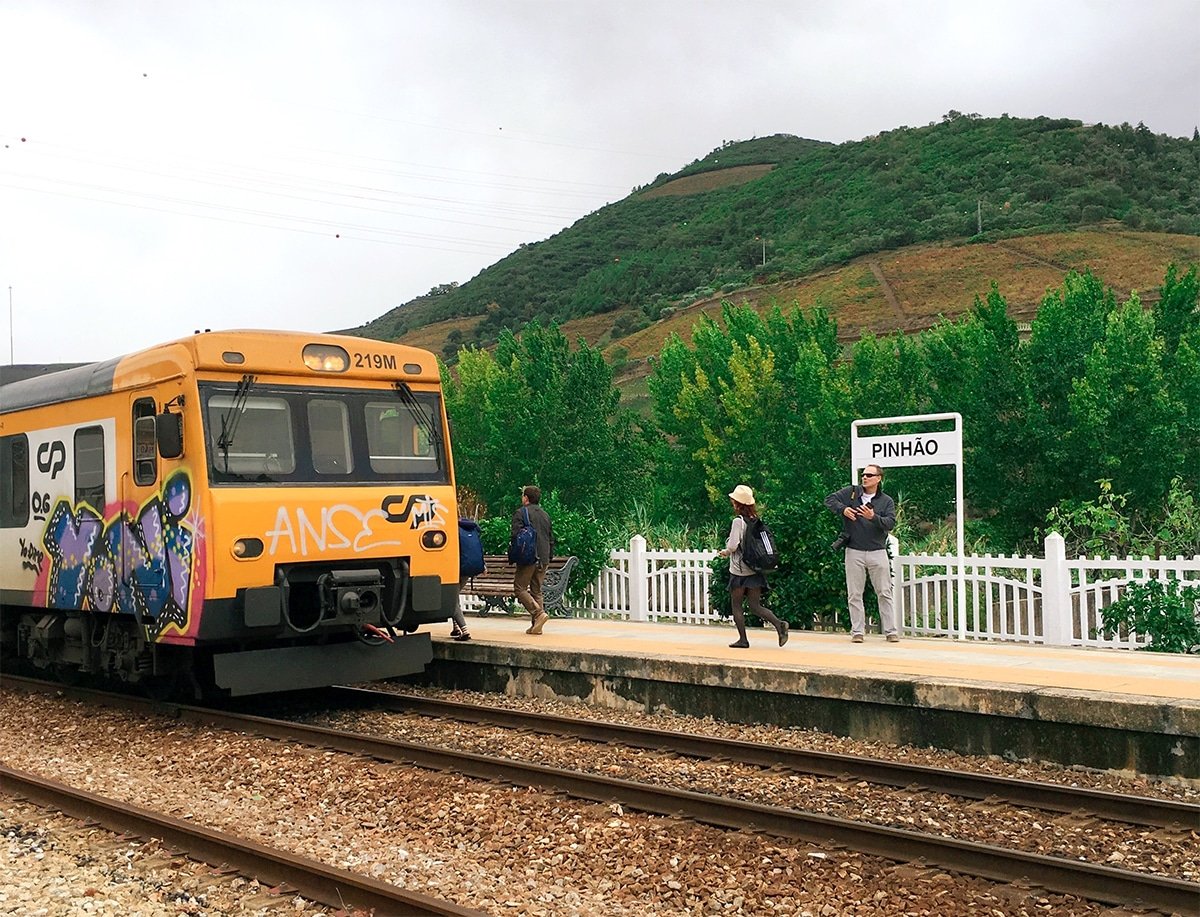

This is so inspiring! My goal is to save and book a trip overseas this year. I’m so excited!
Thanks love…….
Hi All. I just returned from a 14 day motorcycle ride in Portugal. I had to take three COVID tests at Registration before the hotels would let us check in. The other hotels accepted the CDC vaccination card. Even the tour operator was unaware of this requirement!
Hola Laura,
Super piece and pictures, muchas gracias.
I live in Spain and regularly transit through Madrid Barajas. Trust me, you did so well to transit International to Domestic in 40 minutes ! :-)
Regards,